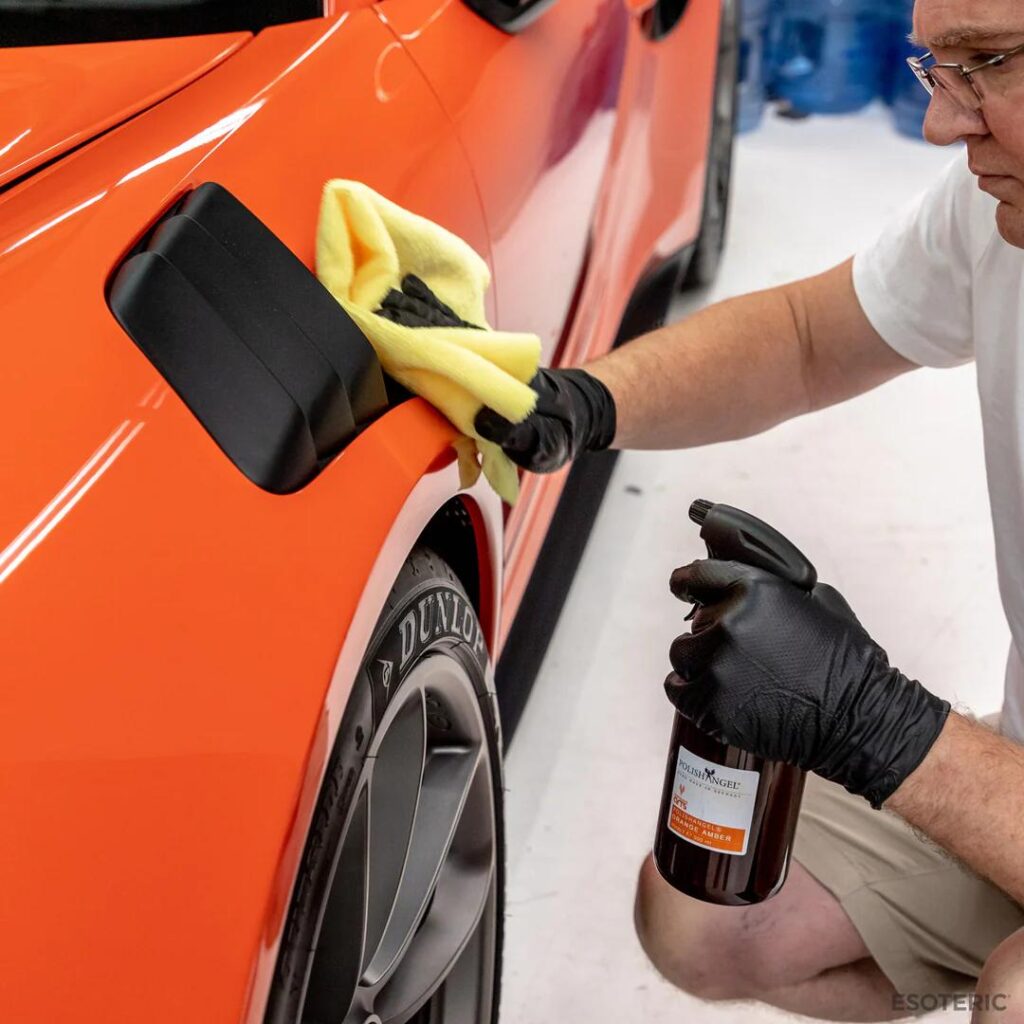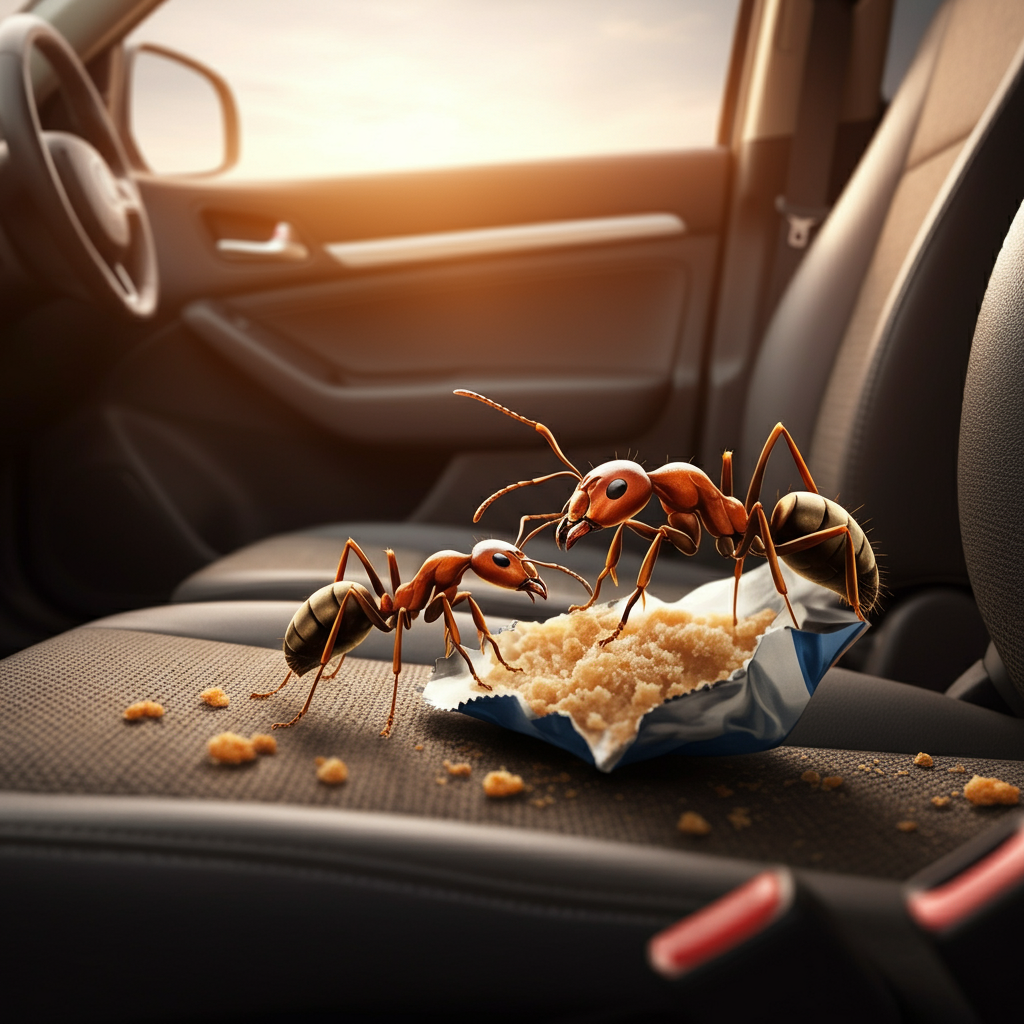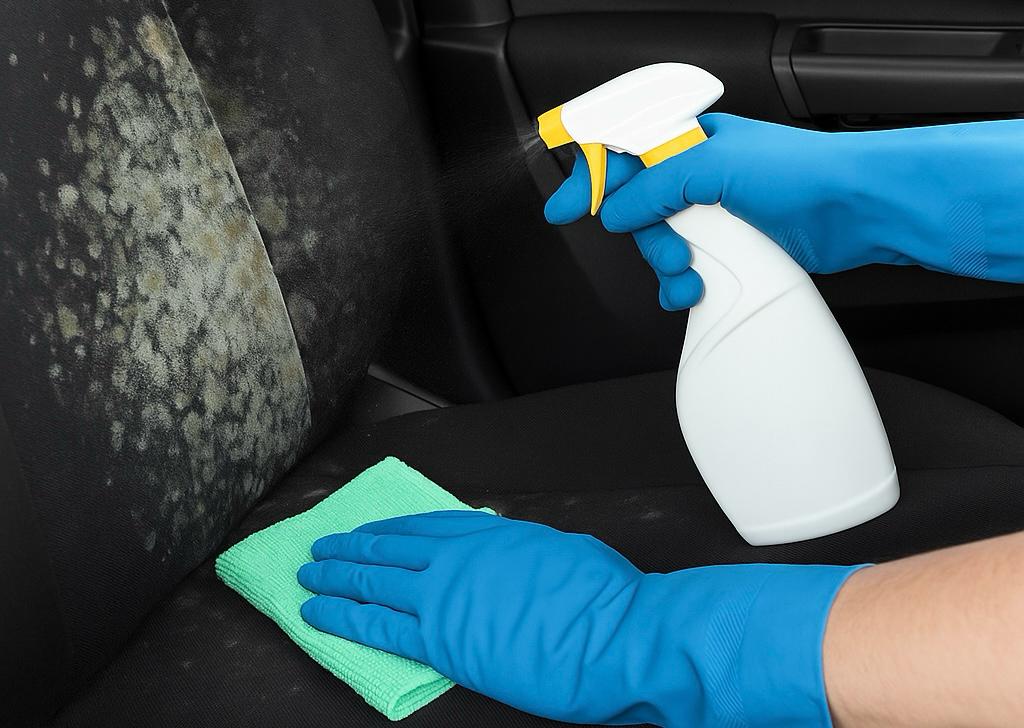As an Amazon Associate, I earn from qualifying purchases
Your car’s paint job is more than just aesthetics—it’s your vehicle’s first line of defense against the elements. Whether you’re dealing with scorching summer sun, winter road salt, or everyday contaminants, proper paint protection can mean the difference between a car that looks showroom-fresh for years and one that starts showing its age within months. To effectively Protect Car Paint, you need to adopt the right techniques and tools.
One of the best ways to Protect Car Paint is to regularly wash and wax your vehicle.
Implementing effective strategies to Protect Car Paint will extend its lifespan and appearance.
Many car owners assume that regular washing is enough to maintain their paint’s appearance. While washing is essential, it’s only part of a comprehensive protection strategy. The truth is, your car’s paint faces constant assault from UV rays, acid rain, bird droppings, tree sap, and countless other environmental hazards that can cause permanent damage if left unchecked.
This guide will walk you through proven methods to protect your car’s paint, from basic maintenance routines to advanced protection options. You’ll learn when to use wax versus ceramic coatings, how to prevent scratches and chips, and which techniques offer the best long-term value for preserving your vehicle’s appearance and resale value.
Why It’s Important to Protect Your Car Paint
Your car’s paint does more than make your vehicle look good—it serves as a crucial barrier between the metal body and the environment. When paint begins to fail, it exposes the underlying metal to moisture and oxygen, leading to rust and corrosion that can compromise your car’s structural integrity.
It’s crucial to know how to Protect Car Paint from various environmental hazards.
Using a reliable wax can greatly help to Protect Car Paint from UV damage.
The financial impact of paint damage extends beyond repair costs. A vehicle with faded, scratched, or damaged paint can lose thousands of dollars in resale value. Professional paint restoration or a complete repaint can cost anywhere from $1,000 to $5,000, making prevention a smart investment.
By understanding how to Protect Car Paint, you’ll be better equipped to maintain the value and appearance of your vehicle.
Environmental factors pose the greatest threat to automotive paint. UV rays from the sun break down the chemical bonds in paint, causing fading and chalking over time. Industrial pollution creates acid rain that can etch permanent marks into your car’s surface. Even seemingly harmless contaminants like bird droppings and tree sap contain acids that can cause irreversible damage if not removed promptly.
Modern car paints are more durable than older single-stage paints, but they still require active protection. The clear coat that gives modern paint its glossy finish is particularly vulnerable to UV damage and chemical etching. Once this protective layer is compromised, the underlying color coat becomes exposed to direct environmental damage.
Table of Contents
How to Protect Car Paint (Step-by-Step)
Protecting your car’s paint requires a systematic approach that combines regular maintenance with strategic protection products. Following these steps will help you maintain your vehicle’s appearance and preserve its value.
Choosing high-quality products to Protect Car Paint is essential for long-term maintenance.
To effectively Protect Car Paint, consider using a paint sealant in addition to wax.
It’s important to know how to Protect Car Paint from scratches and chips.
Start with Regular Washing
Clean your car every two weeks using the proper technique. Begin by rinsing the vehicle to remove loose dirt and debris. Use a high-quality car wash soap—never dish detergent, which strips protective wax and can damage paint. Wash from top to bottom using the two-bucket method: one bucket for soapy water and another for rinsing your wash mitt.
Dry your car with a clean microfiber towel or chamois to prevent water spots. Hard water minerals can etch into paint if allowed to air dry, especially on hot surfaces.
Apply Paint Protection Products

After washing, apply a protective layer using wax, paint sealant, or ceramic coating. These products create a barrier between your paint and environmental contaminants. Choose products specifically designed for automotive use, as they’re formulated to bond with car paint and provide appropriate protection levels.
Apply protection products in shade and on cool surfaces. Working in direct sunlight can cause products to dry too quickly, making them difficult to remove and potentially leaving residue.
Avoid Harsh Chemicals
Never use household cleaners, abrasive compounds, or petroleum-based products on your car’s paint. These can strip protective coatings and cause permanent damage. Stick to pH-balanced automotive products that are designed to work with modern paint systems.
Polish and Buff When Needed
Light polishing removes minor scratches and restores gloss to faded paint. Use a quality car polish applied with a microfiber cloth or orbital buffer. Polish only when necessary—excessive polishing can thin the clear coat over time.
Best Protection Methods: Wax, Sealant, or Ceramic Coating?
For ultimate protection, learn how to Protect Car Paint with ceramic coatings.
Regularly applying protective products will help you Protect Car Paint effectively.
Understanding the differences between protection methods helps you choose the right approach for your needs and budget.
Car Wax
Traditional car wax, whether carnauba or synthetic, provides excellent protection and enhances paint depth and warmth. Carnauba wax offers superior gloss and water beading but typically lasts 2-3 months. Synthetic waxes are more durable, lasting 4-6 months, and are easier to apply and remove.
Wax excels at protecting against UV damage and provides good resistance to environmental contaminants. However, it requires frequent reapplication and offers limited protection against chemical etching.
Paint Sealant
Paint sealants are synthetic polymers that bond to paint surfaces, creating a durable protective layer. They typically last 6-12 months and provide excellent protection against UV rays, acid rain, and environmental pollution. Sealants don’t provide the same warm glow as carnauba wax but offer superior durability and protection.
Ceramic Coating
Ceramic coatings represent the premium protection option, offering 2-5 years of protection when properly applied and maintained. These liquid polymers cure to form a semi-permanent bond with the paint, creating exceptional resistance to chemicals, UV rays, and minor scratches.
Professional ceramic coatings provide the best protection but require a significant investment—often $1,000-$3,000 for professional application. DIY ceramic coating kits are available for $50-$200 but require careful application and don’t offer the same longevity as professional-grade products.
Choose ceramic coating if you want maximum protection and plan to keep your car for several years. Opt for wax or sealant if you prefer lower upfront costs and don’t mind more frequent reapplication.
How to Protect Car Paint from Scratches and Chips
Prevention is the most effective strategy for avoiding paint damage from scratches and chips.
Preventing Minor Scratches
Park away from other vehicles when possible to avoid door dings and shopping cart damage. Use covered parking or car covers when storing your vehicle for extended periods. When washing, use high-quality microfiber towels and avoid circular motions that can create swirl marks.
Install mud flaps and paint protection film on high-impact areas like the lower portions of doors and bumpers. These areas are most susceptible to rock chips and road debris damage.
Paint Protection Film
By taking steps to Protect Car Paint, you can keep your vehicle looking new for years.
Regular inspections will help you Protect Car Paint from minor damages before they escalate.
Understanding how to Protect Car Paint allows you to make informed decisions about maintenance.
Make it a habit to Protect Car Paint to maintain your vehicle’s aesthetic appeal.
To truly Protect Car Paint, consider investing in professional detailing services.
It’s vital to know how to Protect Car Paint for both appearance and resale value.
Paint protection film (PPF), also called clear bra, is a transparent urethane film applied to vulnerable areas of your car. Modern PPF is virtually invisible and provides excellent protection against rock chips, minor scratches, and even some chemical damage.
Consider PPF for the front bumper, hood leading edge, side mirrors, and door cups—areas most prone to damage. While installation costs range from $500-$2,000, depending on coverage area, PPF can prevent thousands in paint repair costs and preserve resale value.
Regular Inspection and Quick Action
Inspect your car’s paint regularly and address issues promptly. Small chips can be touched up with matching paint pens before they develop into larger problems. Remove bird droppings, tree sap, and other contaminants as soon as possible to prevent permanent etching.
Maintaining Your Car’s Paint for the Long Haul
Consistent paint protection requires ongoing commitment, but the investment pays dividends in appearance and resale value. Develop a maintenance schedule that includes regular washing, periodic application of protection products, and prompt attention to any damage.
Keep your car garaged or under a carport when possible to minimize UV exposure. If you must park outside regularly, consider applying additional protection products like ceramic coating or more frequent wax applications.
Remember that paint protection is an investment in your vehicle’s future. A well-maintained car with pristine paint can command significantly higher resale prices and provide years of pride in ownership.
Frequently Asked Questions About How to Protect Car Paint
Can I use regular wax on my car’s paint?
Yes, but make sure it’s automotive-grade wax specifically designed for cars. Household waxes can contain abrasives or chemicals that damage automotive paint. Quality car wax protects against UV rays and environmental contaminants while enhancing gloss.
Is ceramic coating better than regular wax?
Ceramic coating provides superior protection and longevity compared to wax, lasting 2-5 years versus 2-6 months for wax. However, ceramic coating costs significantly more and requires professional application for best results. Choose based on your budget and protection needs.
How often should I apply wax or sealant to my car?
Apply carnauba wax every 2-3 months, synthetic wax every 4-6 months, and paint sealant every 6-12 months. Frequency depends on environmental conditions, with cars exposed to harsh sun or coastal conditions requiring more frequent applications.
Does car paint protection prevent bird droppings from damaging the paint?
Protection products create a barrier that makes contaminant removal easier and provides some chemical resistance. However, bird droppings are highly acidic and can damage any protective layer if left too long. Remove bird droppings immediately, regardless of protection level.
Can I apply paint protection to a used car with faded paint?
Yes, but faded paint should first be polished or professionally corrected to remove oxidation and restore gloss. Applying protection products over faded paint will preserve the current condition but won’t restore the original appearance. Consider professional paint correction for best results.

As an Amazon Associate, I earn from qualifying purchases


